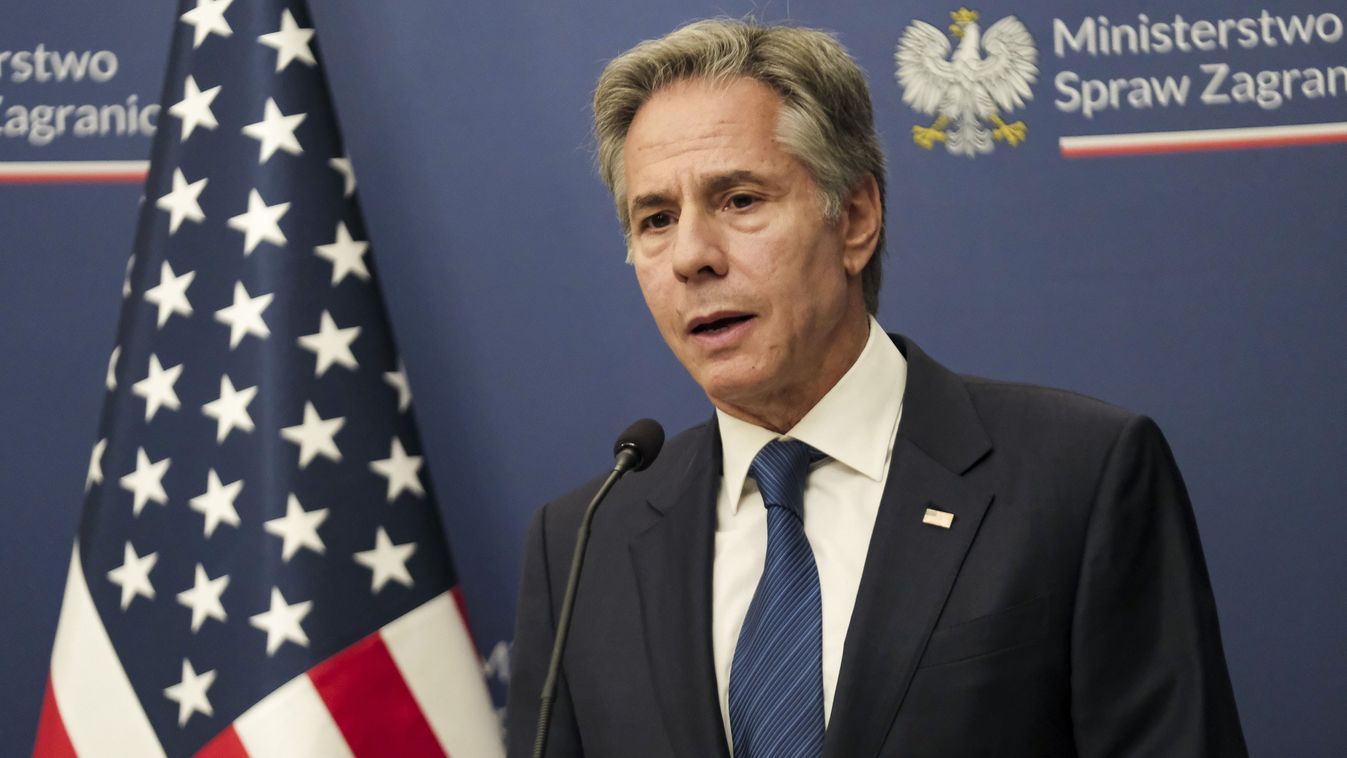Bubbles in the Broth
An alphabet soup of measures has been served up: ZIRP (zero-interest-rate policy); QE (quantitative easing, or purchases of government bonds to reduce long-term rates when short-term policy rates are zero); CE (credit easing, or purchases of private assets aimed at lowering the private sector’s cost of capital); and FG (forward guidance, or the commitment to maintain QE or ZIRP until, say, the unemployment rate reaches a certain target). Some have gone as far as proposing NIPR (negative-interest-rate policy).
And yet, through it all, growth rates have remained stubbornly low and unemployment rates unacceptably high, partly because the increase in money supply following QE has not led to credit creation to finance private consumption or investment. Instead, banks have hoarded the increase in the monetary base in the form of idle excess reserves. There is a credit crunch, as banks with insufficient capital do not want to lend to risky borrowers, while slow growth and high levels of household debt have also depressed credit demand.
As a result, all of this excess liquidity is flowing to the financial sector rather than the real economy. Near-zero policy rates encourage “carry trades” – debt-financed investment in higher-yielding risky assets such as longer-term government and private bonds, equities, commodities and currencies of countries with high interest rates. The result has been frothy financial markets that could eventually turn bubbly.
Indeed, the US stock market and many others have rebounded more than 100% since the lows of 2009; issuance of high-yield “junk bonds” is back to its 2007 level; and interest rates on such bonds are falling. Moreover, low interest rates are leading to high and rising home prices – possibly real-estate bubbles – in advanced economies and emerging markets alike, including Switzerland, Sweden, Norway, Germany, France, Hong Kong, Singapore, Brazil, China, Australia, New Zealand, and Canada.
The collapse from 2007 to 2009 of equity, credit, and housing bubbles in the United States, the United Kingdom, Spain, Ireland, Iceland, and Dubai led to severe financial crises and economic damage. So, are we at risk of another cycle of financial boom and bust?
Some policymakers – like Janet Yellen, who is likely to be confirmed as the next Chair of the US Federal Reserve – argue that we should not worry too much. Central banks, they argue, now have two goals: restoring robust growth and low unemployment with low inflation, and maintaining financial stability without bubbles. Moreover, they have two instruments to achieve these goals: the policy interest rate, which will be kept low for long and raised only gradually to boost growth; and macro-prudential regulation and supervision of the financial system (macro-pru for short), which will be used to control credit and prevent bubbles.
But some critics, like Fed Governor Jeremy Stein, argue that macro-pru policies to control credit and leverage – such as limits on loan-to-value ratios for mortgages, bigger capital buffers for banks that extend risky loans, and tighter underwriting standards – may not work. Not only are they untested, but restricting leverage in some parts of the banking system would merely cause the liquidity from zero rates to flow to other parts of it, while trying to restrict leverage entirely would simply drive the liquidity into the less-regulated shadow banking system. According to Stein, only monetary policy (higher policy interest rates) “gets in all of the cracks” of the financial system and prevents asset bubbles.
The trouble is that if macro-pru does not work, the interest rate would have to serve two opposing goals: economic recovery and financial stability. If policymakers go slow on raising rates to encourage faster economic recovery, they risk causing the mother of all asset bubbles, eventually leading to a bust, another massive financial crisis, and a rapid slide into recession. But if they try to prick bubbles early on with higher interest rates, they will crash bond markets and kill the recovery, causing much economic and financial damage. So, unless macro-pru works as planned, policymakers are damned if they do and damned if they don’t.
For now, policymakers in countries with frothy credit, equity, and housing markets have avoided raising policy rates, given slow economic growth. But it is still too early to tell whether the macro-pru policies on which they are relying will ensure financial stability. If not, policymakers will eventually face an ugly tradeoff: kill the recovery to avoid risky bubbles, or go for growth at the risk of fueling the next financial crisis. For now, with asset prices continuing to rise, many economies may have had as much soup as they can stand.
Copyright: Project Syndicate, 2013.
www.project-syndicate.org

Portfóliónk minőségi tartalmat jelent minden olvasó számára. Egyedülálló elérést, országos lefedettséget és változatos megjelenési lehetőséget biztosít. Folyamatosan keressük az új irányokat és fejlődési lehetőségeket. Ez jövőnk záloga.























